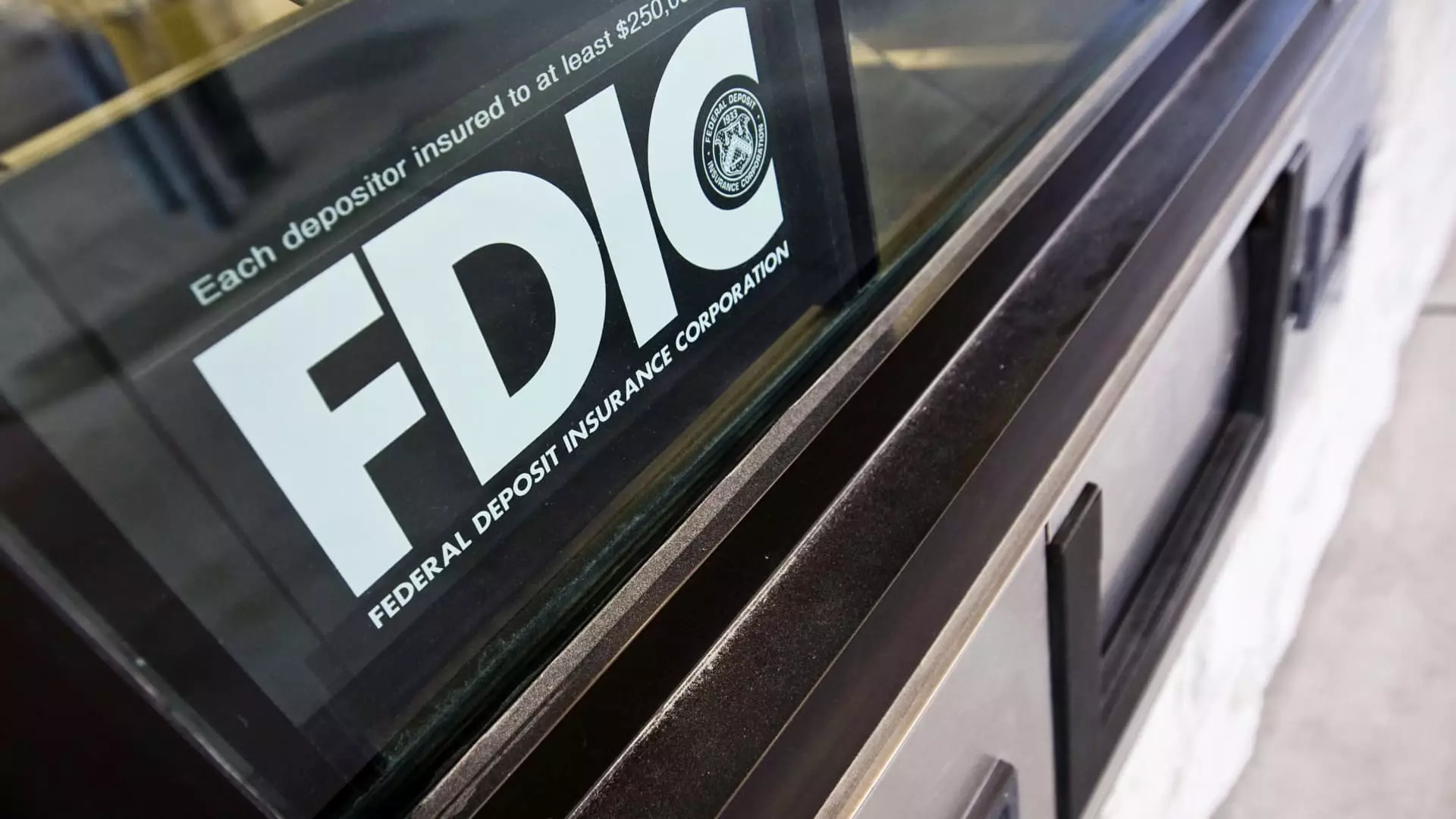As President-elect Donald Trump prepares for his second, nonconsecutive term starting January 20, there is speculation about significant alterations to the economic regulatory landscape of the United States. A key focus is the potential reduction or outright elimination of federal agencies that oversee financial and consumer protection matters. Such sweeping changes, if implemented, could dramatically reshape how financial stability and consumer rights are managed in the country.
Trump’s administration has hinted at a strategic intention to streamline government operations, leading to the appointment of prominent figures like Elon Musk and Vivek Ramaswamy to lead a new advisory group called the Department of Government Efficiency (DOGE). Reports have emerged regarding discussions surrounding the future of the Federal Deposit Insurance Corporation (FDIC) and the Consumer Financial Protection Bureau (CFPB). The idea is to replace the FDIC’s oversight with the Treasury Department, which raises questions about the sufficiency and efficacy of such an arrangement.
The FDIC, established during the Great Depression, has played a critical role in safeguarding bank deposits, ensuring that account holders do not lose their money in the event of a bank failure. This safety net, providing coverage of up to $250,000 per depositor, has remained a cornerstone of trust within the U.S. financial system. The potential dissolution of the FDIC, however, is presented by some as a means to reduce governmental redundancies.
Diverse opinions exist regarding the necessity of these agencies. Proponents of the proposed cuts argue that consolidating regulatory functions could lead to greater efficiency. Tomas Philipson, a public policy expert, states that minimizing the number of agencies might streamline operations without compromising the essential functions they serve. This argument, however, overlooks the critical context in which these agencies operate and the historical precedence of their establishment.
Contrarily, opponents of the proposed cuts, including former FDIC Chairman William Isaac, emphasize the stability the FDIC has cultivated over decades. He warns that dismantling this protective mechanism could destabilize both consumer confidence and the financial lending ecosystem, particularly for smaller banks that rely heavily on federal insurance for their financial operations. The removal of such protections would drastically alter the landscape of consumer finance, leaving savers vulnerable during economic downturns, thereby undermining the very infrastructure that supports banking stability.
The Consumer Financial Protection Bureau (CFPB), established in response to the financial crisis of 2008, serves as a guardian for consumer rights within the financial sector. Its relatively short history has been marked by significant regulatory actions aimed at protecting consumers from predatory lending and opaque banking practices. Yet, the CFPB, funded directly through the Federal Reserve, has faced criticism for its perceived ideological leanings and the potential threat such ideological agendas pose to consumer protection.
Those in favor of the CFPB argue that its presence is necessary to balance the market power held by large financial institutions, particularly in an environment where economic concentration is rising. With calls from interests groups such as the Consumer Bankers Association for reforms and changes, the calls for oversight and accountability within the CFPB signify a broader dialogue regarding its future role.
Debates about efficiency and reduced government spending must not overshadow the critical functions regulatory agencies serve. Eliminating or diluting these entities could place consumers not only at an economic disadvantage but also risk exacerbating systemic vulnerabilities within the financial sector. Removing the FDIC, for instance, could have devastating consequences, particularly in a climate where economic fluctuations are more common.
Furthermore, as the CFPB explores emerging areas such as digital financial products and payment systems, the importance of a dedicated agency becomes even more apparent. Weakening consumer protections could open the door to exploitation and risk unsustainable practices within new financial technologies.
As the Trump administration gears up to enact potentially transformative changes, the ramifications of agency cutbacks require careful deliberation. The arguments for reducing regulatory overlap must be balanced against the essential services these agencies provide in maintaining public trust and economic stability. An informed approach is essential to safeguard both consumers and the broader U.S. economy from unintended consequences that may arise from hasty decisions. Ultimately, discussions should strive for a balance between efficiency and safeguarding vital protections that define the character of the American financial system.

Leave a Reply